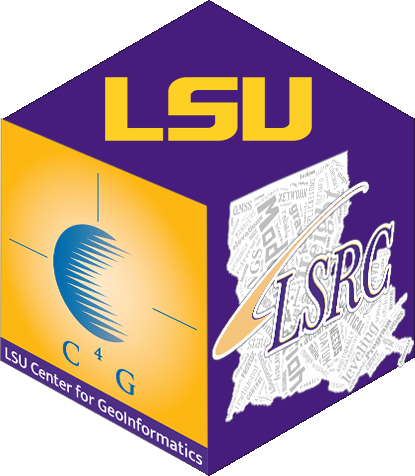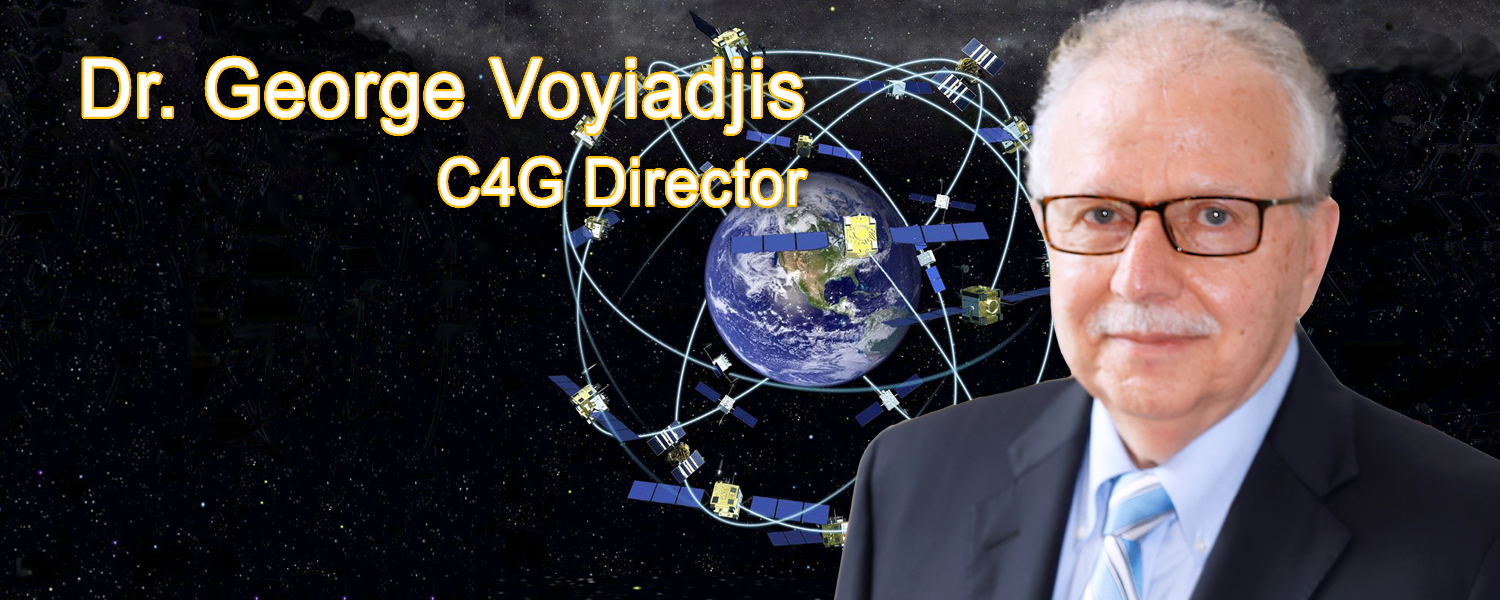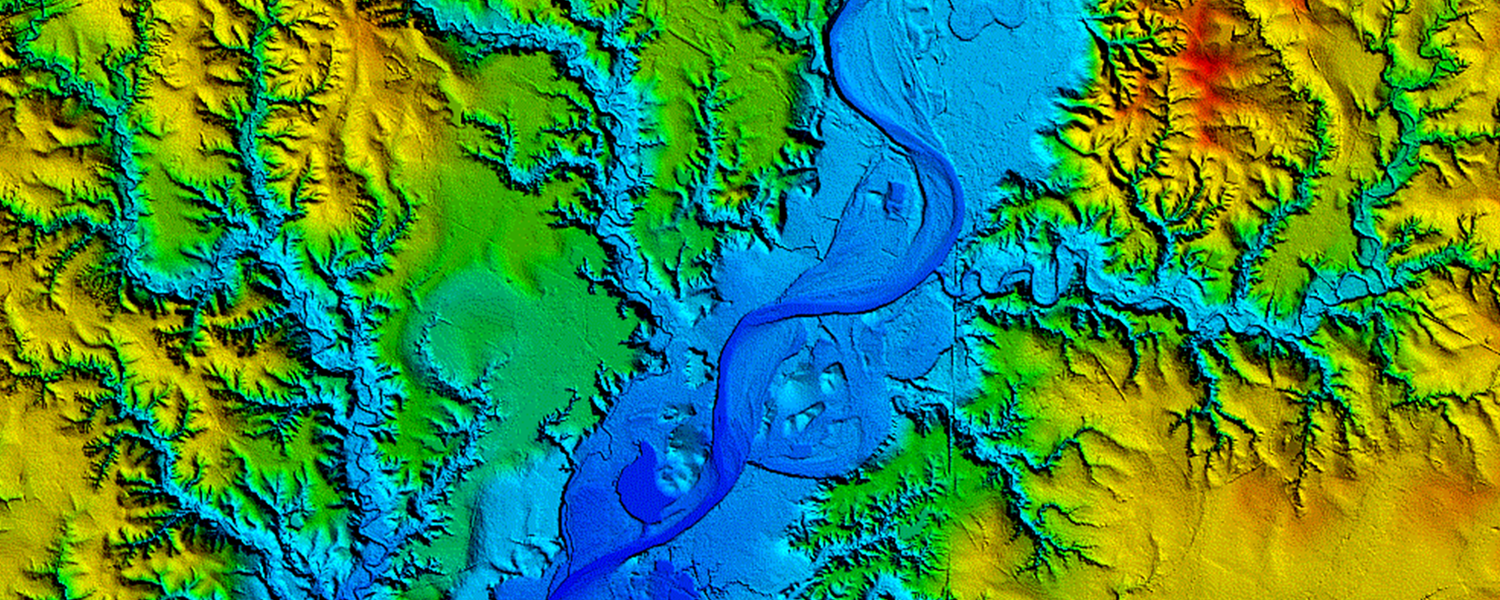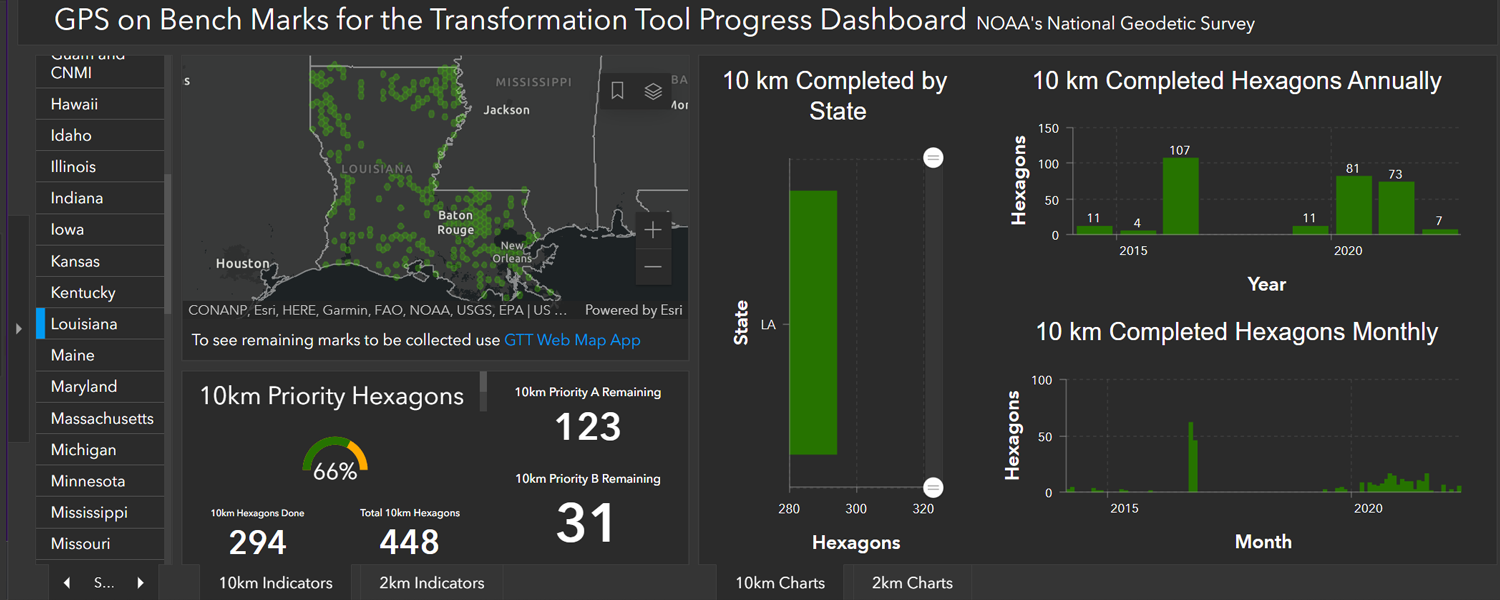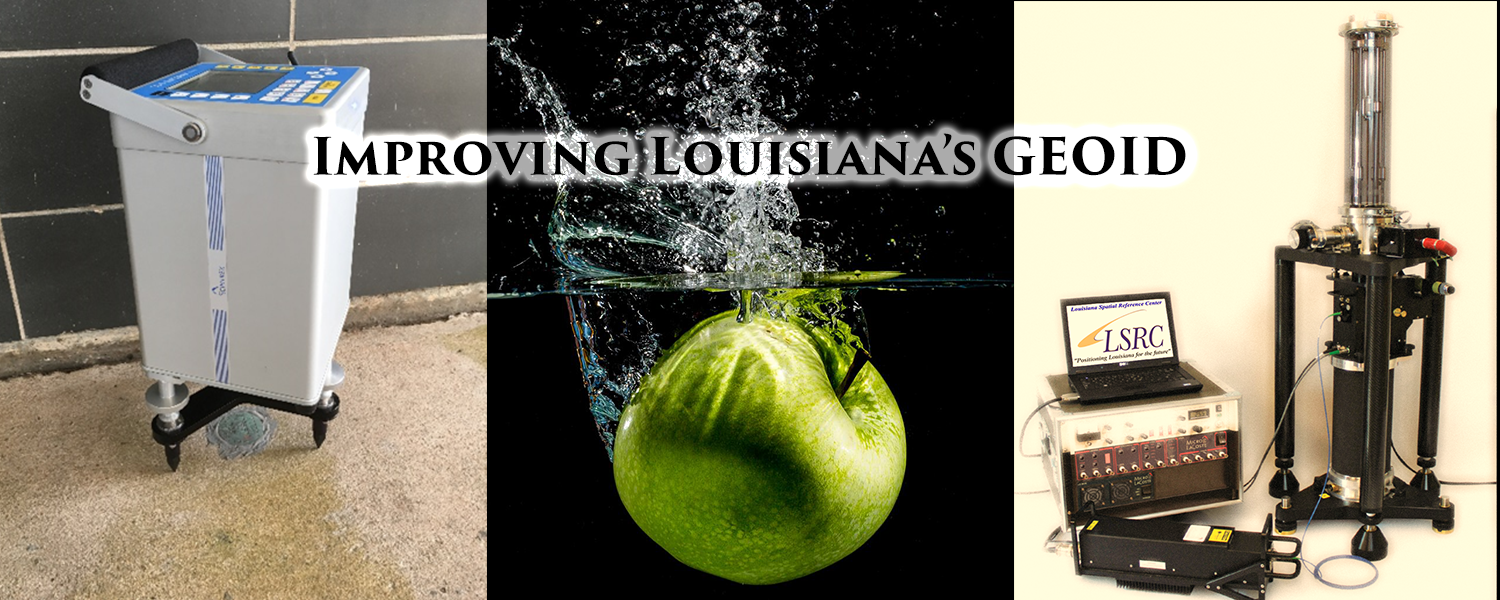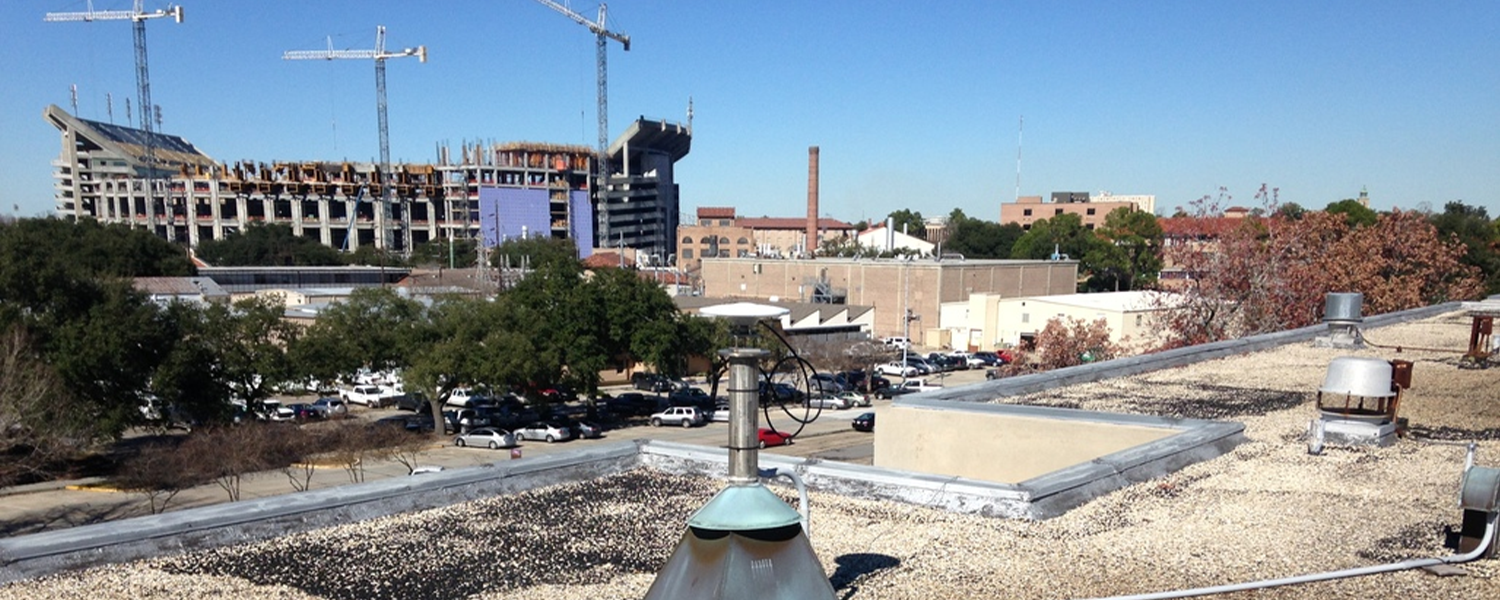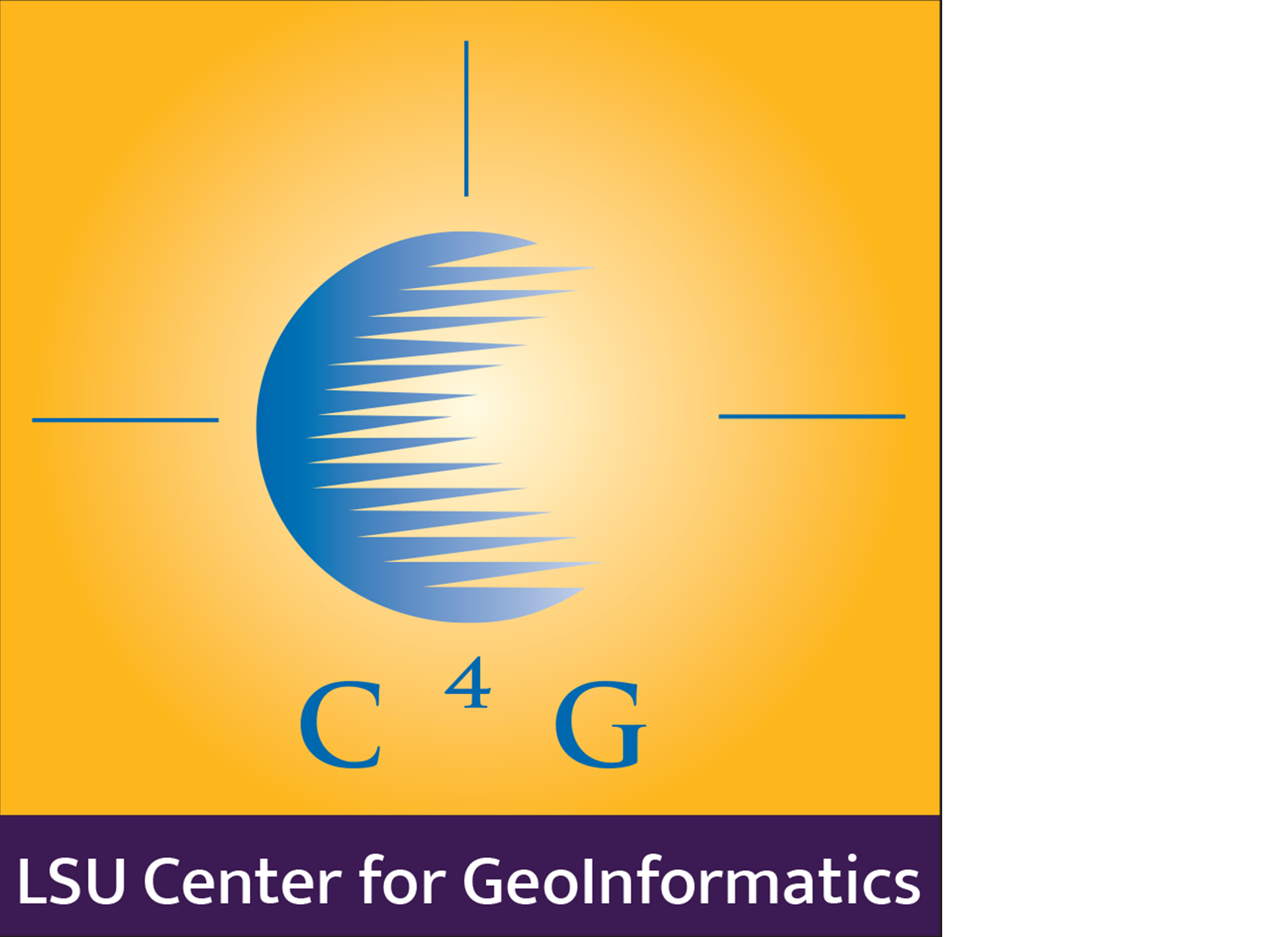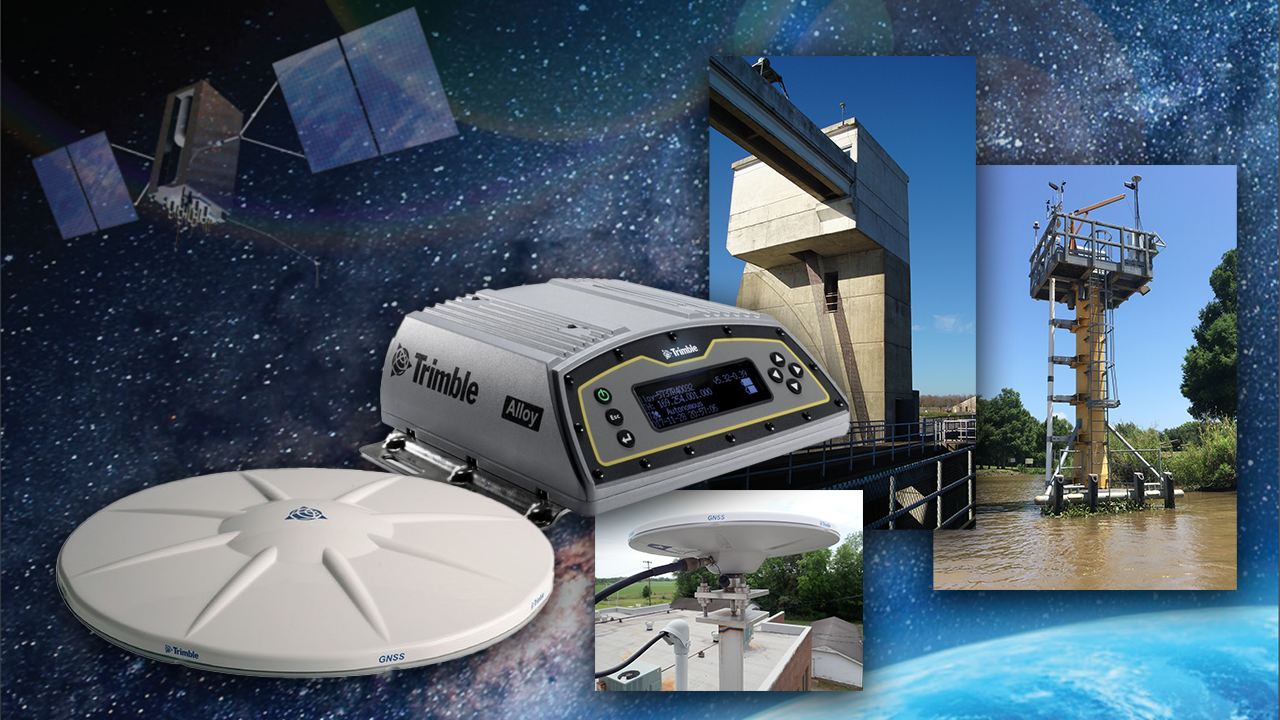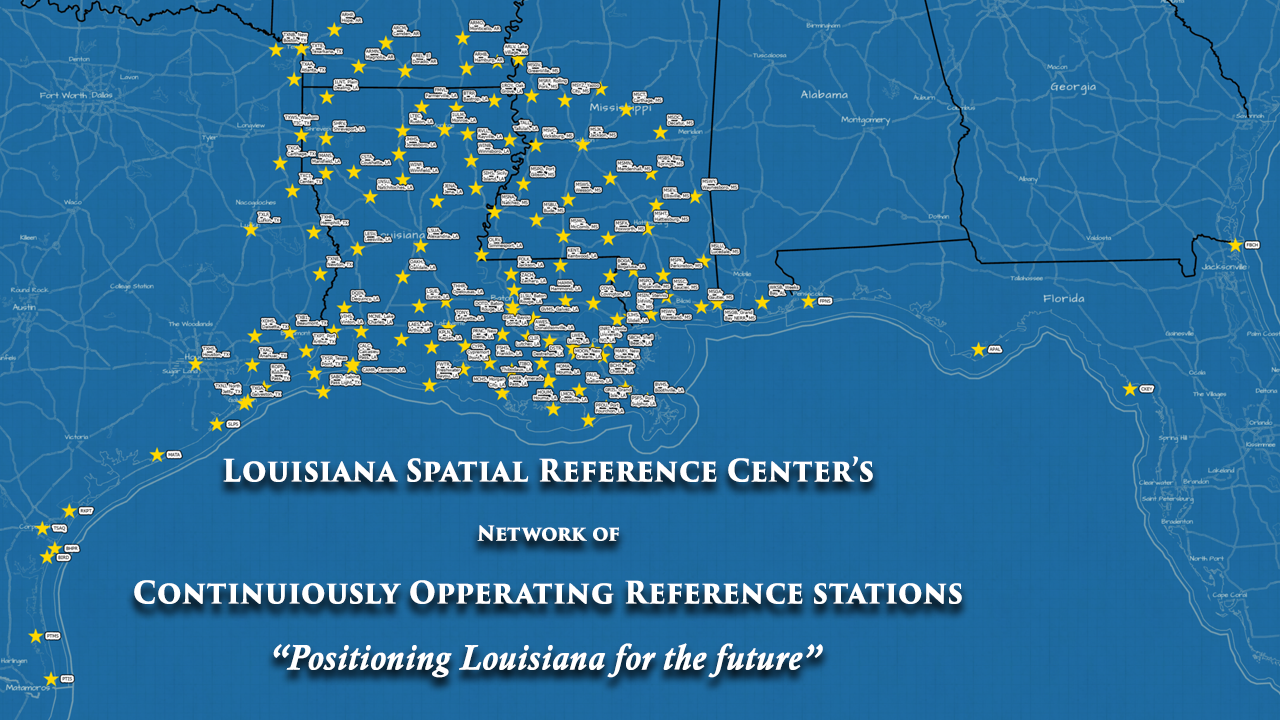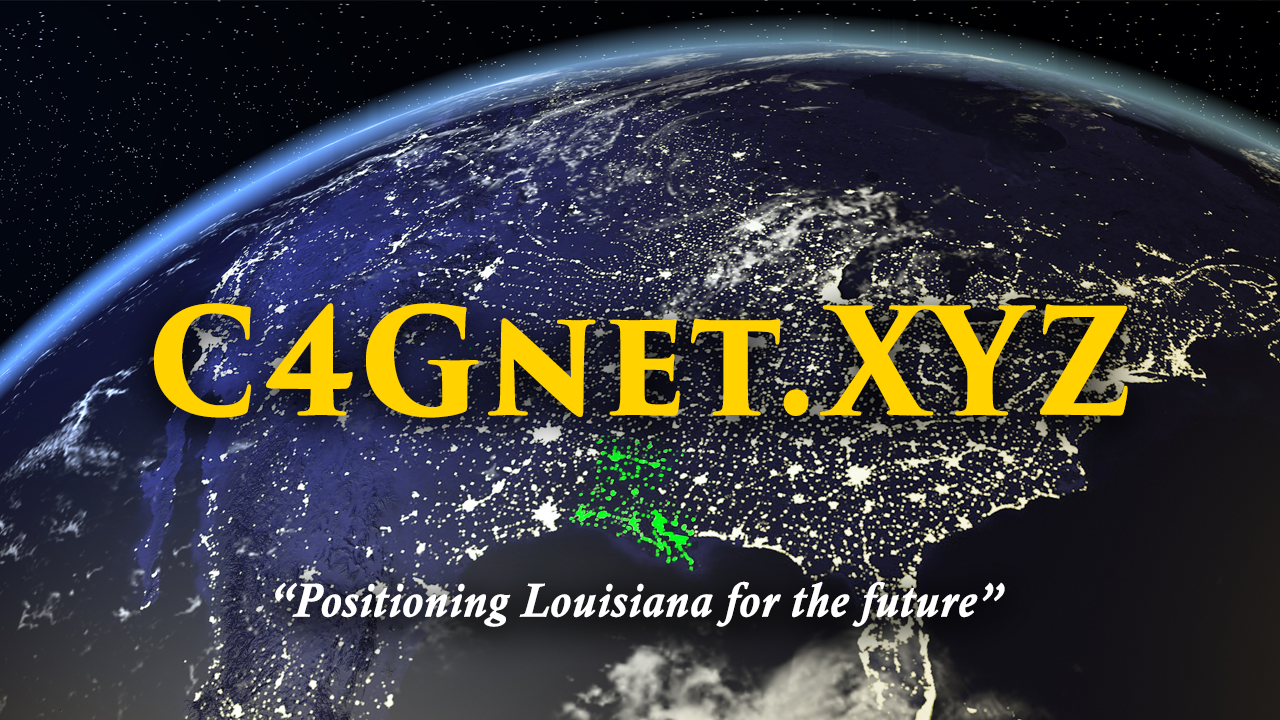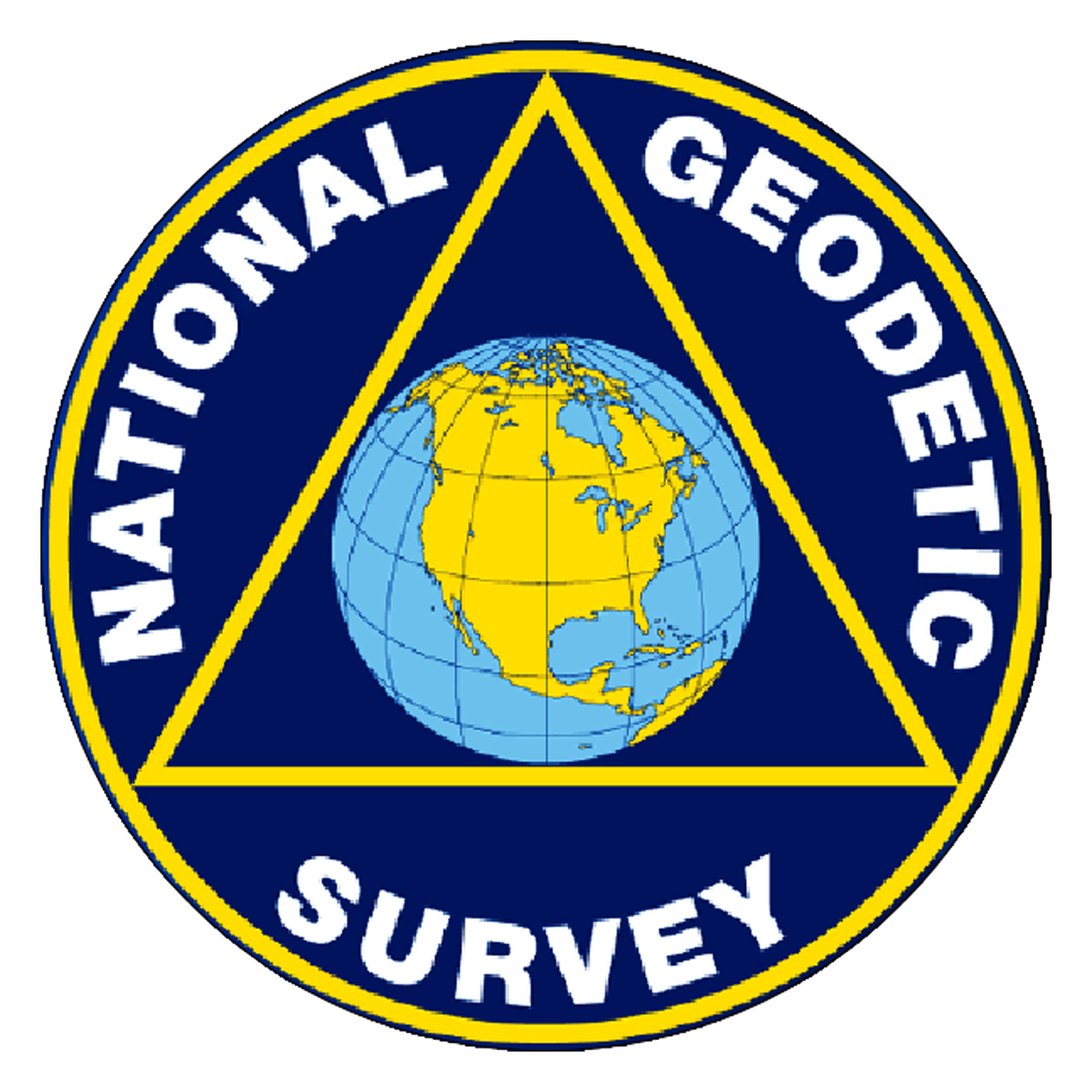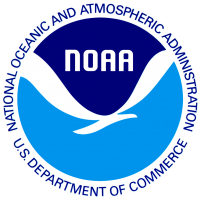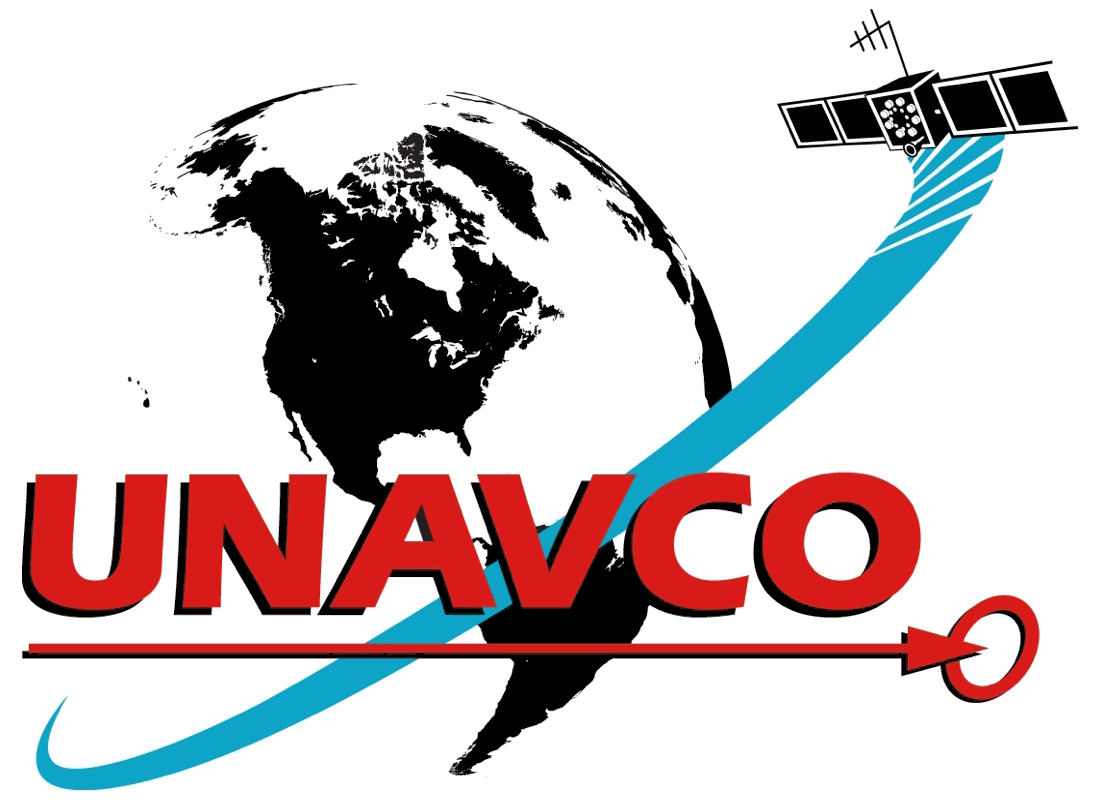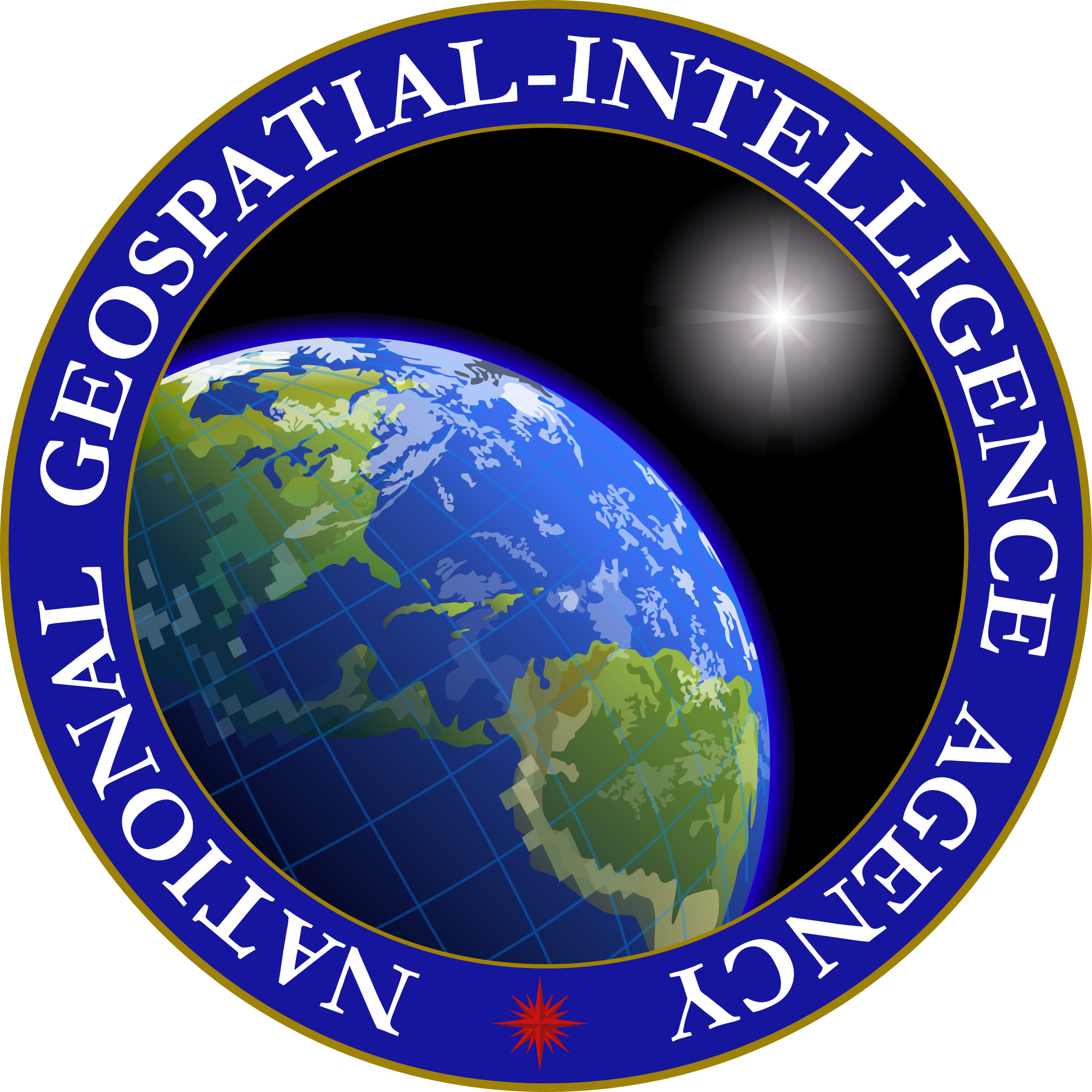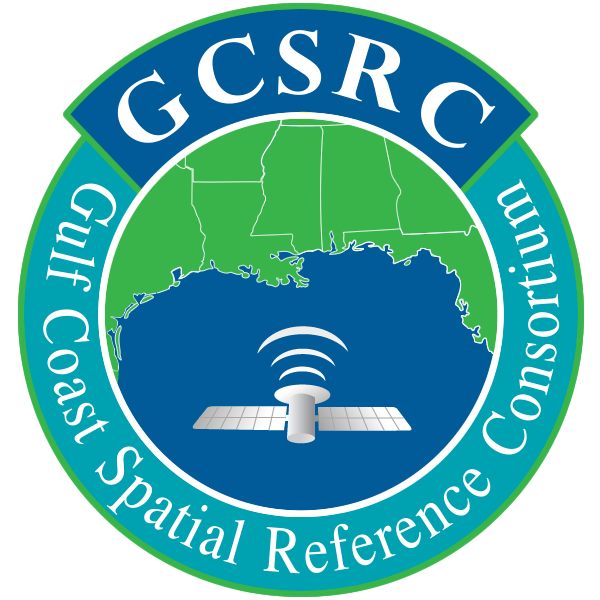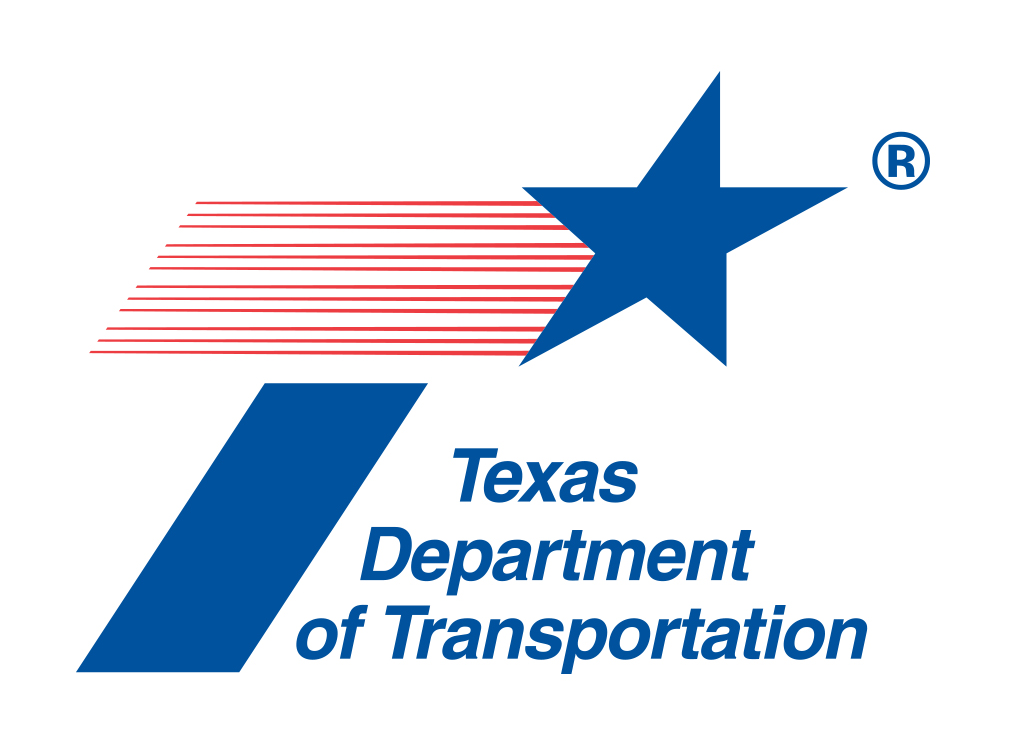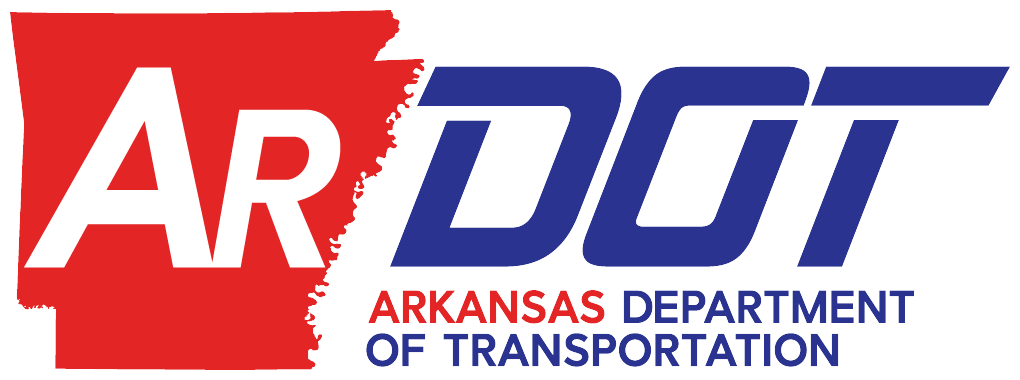C4Gnet.XYZ Real Time Network Status Messages
Current Status Messages in all regions-
Warning in Region C4Gnet Statewide
Subject Start Date End Date Solar Cycle 25 1/8/2025 5/17/2026 We are approaching the peak years of the latest solar cycle (the 25th since the phenomenon was tracked), which will peak in 2025.
During this period, space weather events like solar flares and coronal mass ejections (CME) will occur. During such events that can last one or more days, you may experience long fix times, inability to fix, or high residuals.
Note that such events are not frequent; we’ve only had a handful over the past 20 years. However, if you are experiencing such field difficulties, space weather could be a contributing factor.
Read more about this on our space weather page, which can be found here: https://c4g.lsu.edu/index.php/rtn/space-weather-gps.
We have added links to our http://C4Gnet.XYZ website that allow you to see the locally derived ionosphere Index (I95) and the predicted ionospheric/geometric errors, which indicate the estimated impact you could expect in a rover measurement. The I95 represents current conditions. If you see the index in the red for one or more hours, you might experience the effects noted above.
Here is a link to the NOAA Space Weather Prediction 3-day Forecast: https://www.swpc.noaa.gov/products/3-day-forecast
The forecast is expressed as Kp Index. If you see a Kp of 6+, then you might experience the effects noted above. By looking at current Kp values, and the locally derived I95, you can get a sense of what to expect.
